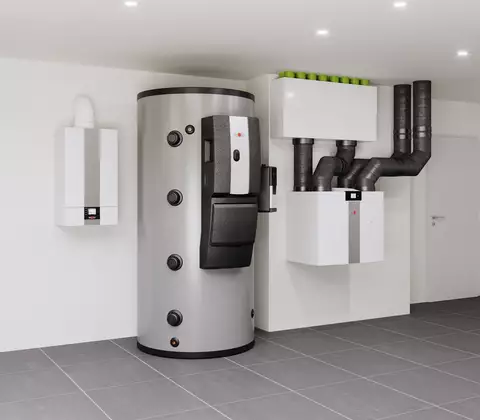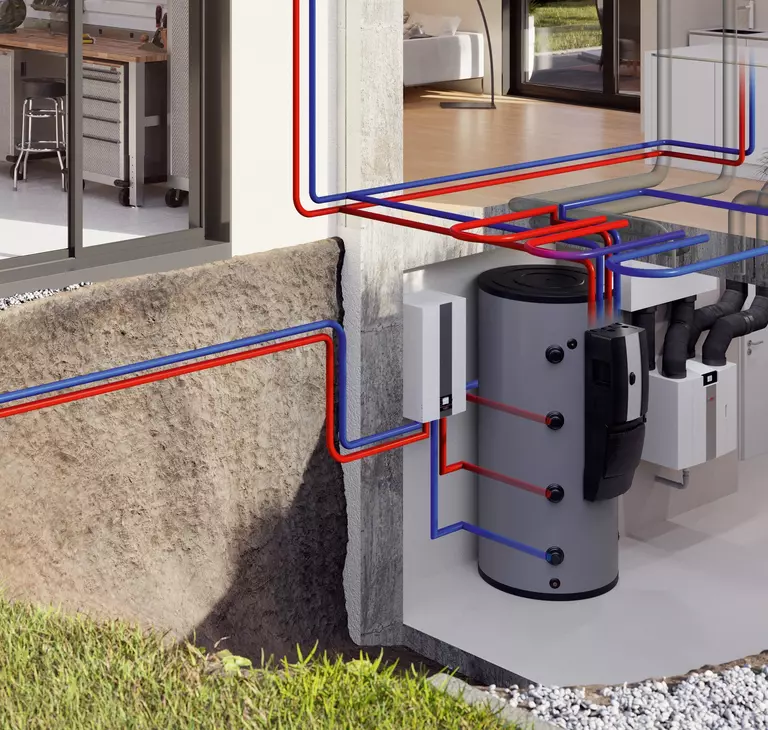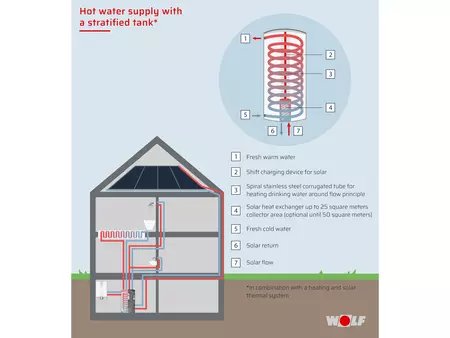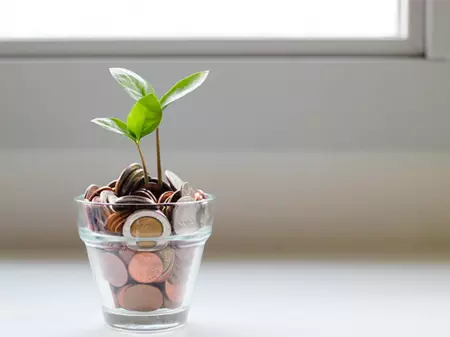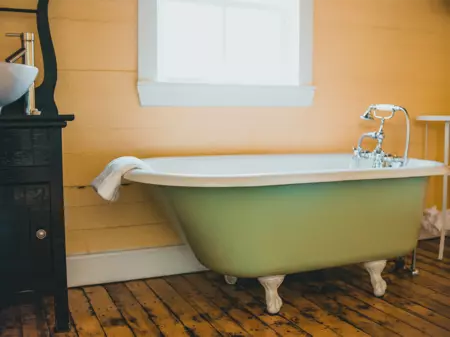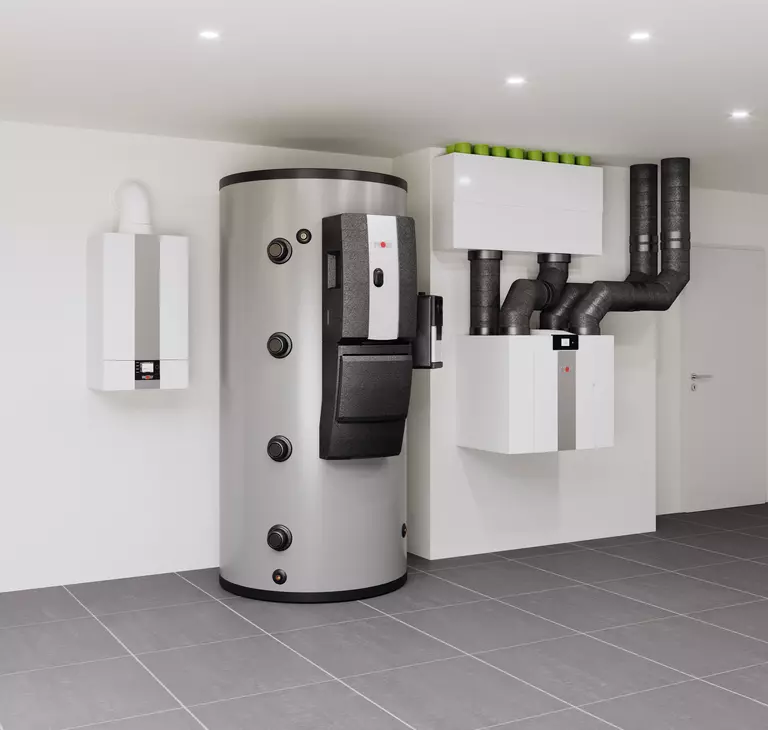The terms domestic hot water (DHW) and drinking water are generally used synonymously. This is water that comes from the tap or the shower head. It is hygienic, pure water that you can use without concern for brushing your teeth, cooking and drinking.
The word service water is used in various ways. Some people differentiate between hygienic domestic hot water / drinking water versus service water (such as for flushing the toilet). Most homes simply use regular drinking water for flushing, which is why service water is also sometimes used synonymously with domestic hot water and drinking water.
The difference between DHW, drinking water and service water on one hand and heating water on the other is quite clear, however. Heating water is found in the heating pipes. It is specially prepared for heating and is not suitable to be ingested or for washing. For the same reason, the heating system must never be filled with normal drinking water.
